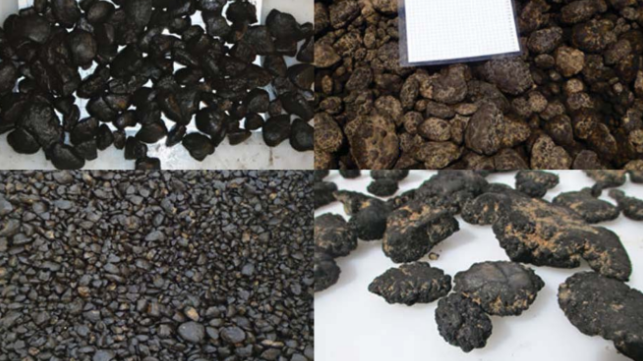DeepGreen Finds More Deep-Sea Mining Potential in Clipperton Zone

A new subsea survey completed by Canadian deep sea mining company DeepGreen Resources found better-than-expected ore deposits in the Pacific's Clipperton Zone. The polymetallic nodules found in abundance on the seabed in this region contain relatively high concentrations of manganese, cobalt, nickel and copper, without hazardous levels of cadmium or mercury.
DeepGreen holds exploration licenses for four sections of the Clipperton Zone, and it wants to develop the resource base to supply the growing lithium-ion battery market. Li-ion batteries require high quantities of nickel, and demand for the metal is expected to skyrocket as electric vehicles take off in the years ahead. The company believes that Clipperton Zone lease areas (including adjacent leases held by government entities) contain a resource base large enough to supply the batteries for one billion EVs.
DeepGreen's long-term production plans include an off-shore collection system for the nodules coupled with an on-shore processing plant, which would use standard mining-industry systems to produce copper metal, nickel sulphate and cobalt sulphate. These would be marketed for lithium ion battery cathode feedstock, along with a larger stream of manganese feedstocks commonly used for steel production.
The 1-5 centimeter nodules form by the incremental deposition of iron and manganese hydroxides, and each one takes millions of years to grow. They require specific conditions for formation, and the highest concentrations have been found on abyssal plains between 4,000 and 6,000 meters below the surface. In some areas of the Clipperton Zone, the nodules carpet more than 50 percent of the seabed surface area, with densities exceeding 15 kilos of ore per square meter.
The nodules in DeepGreen's survey area contain about 1.4 percent nickel, 1.1 percent copper, 0.3 percent cobalt and 32 percent manganese, according to its latest assay results. The best terrestrial ores in the same categories are about 1.8-3.0 percent nickel, 4 percent copper and 44 percent manganese. On land, cobalt is usually recovered as a byproduct during the refining of nickel and copper ores, and it is found in similarly low concentrations.

that matters most
Get the latest maritime news delivered to your inbox daily.
According to a recent MIT study, polymetallic nodule recovery could be profitable despite the challenges of geographically remote, ultra-deep operations. Returns could be measured in the billions. However, like other forms of deep-sea mining, the environmental impact is unknown and potentially significant. The most common proposed extraction method would use a tracked robotic machine to vacuum up the nodules, disturbing the seabed and disrupting habitat.
The International Seabed Authority (ISA) has jurisdiction for licensing and environmental regulation of deep-sea mining, and environmental advocates have called for it to strengthen its rules and require more study before allowing production to move forward. (Greenpeace has called for a complete moratorium, a new treaty and a full overhaul of the ISA.) The ISA was set to approve a new rule set last year, but the COVID-19 pandemic altered its plans, and it now expects to finalize regulations in 2021.
